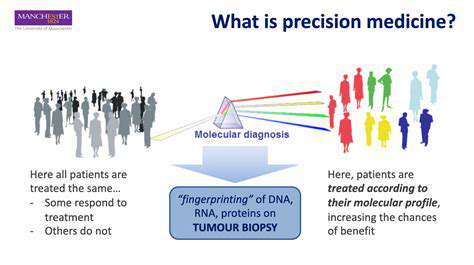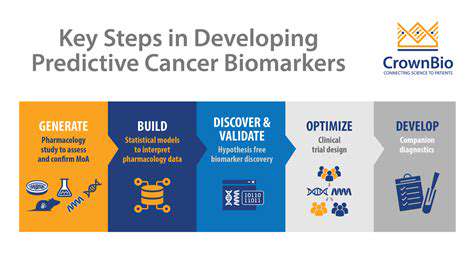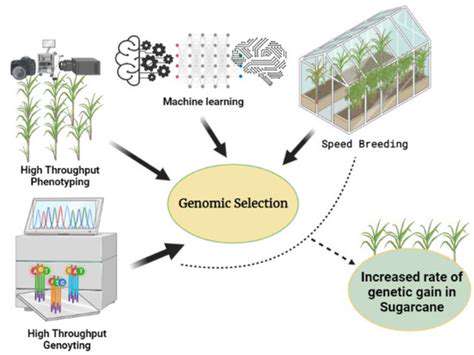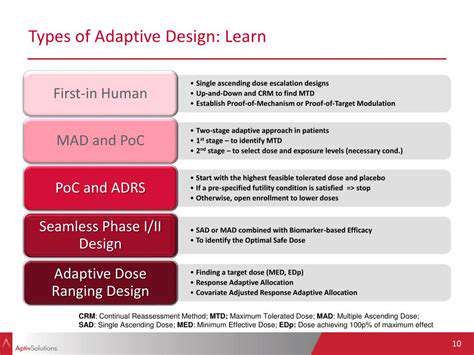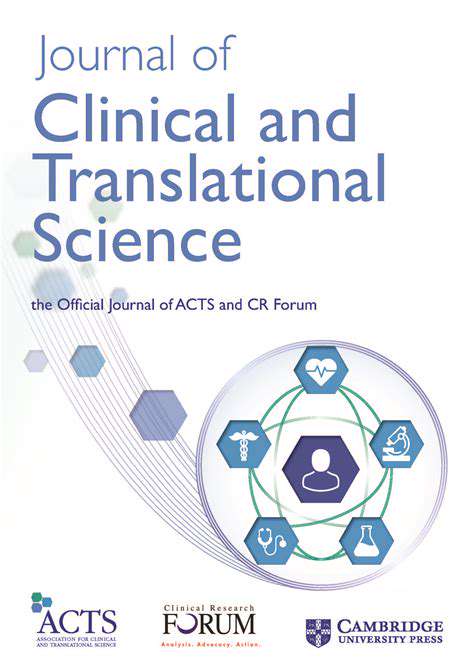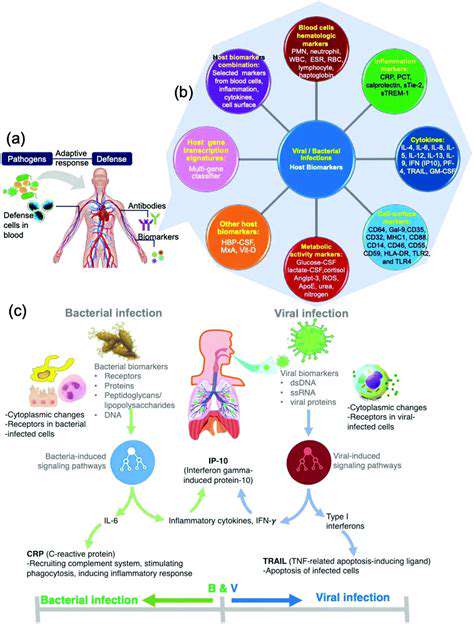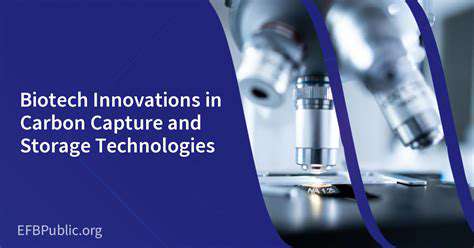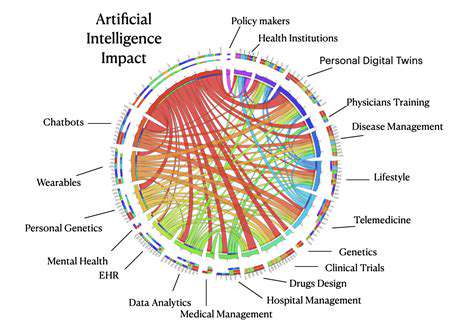High-throughput screening (HTS) is a powerful approach in drug discovery and other scientific fields, enabling the rapid and efficient testing of a large number of compounds or samples. This process automates the evaluation of each sample against a defined target, allowing scientists to identify promising candidates for further investigation. HTS significantly accelerates the research process by reducing the time and resources needed to find effective treatments or solutions. This efficiency is especially crucial in fields like pharmaceutical research where finding new drugs is a lengthy and costly endeavor.
Automation and Efficiency in HTS
Automation is the cornerstone of HTS, allowing for precise and repeatable testing across a vast number of samples. Sophisticated robotic systems handle sample preparation, dispensing, and assay execution, significantly reducing human error and increasing the consistency of results. This automation is crucial for maintaining high-throughput rates and achieving reliable results in a large-scale screening process. Accurate and consistent data collection is paramount to the success of HTS and automation plays a vital role in achieving this.
Applications of HTS Across Disciplines
HTS isn't confined to pharmaceutical research. Its applications extend to various fields, including materials science, agriculture, and environmental research. In materials science, HTS can be used to screen for new materials with specific properties. In agriculture, it can be used to identify more effective pesticides and fertilizers. In environmental research, it can be used to identify compounds that degrade pollutants. The versatility of HTS in diverse scientific disciplines makes it a valuable tool for a wide range of research endeavors. This adaptability makes it a valuable tool that constantly finds new applications.
Challenges and Considerations in HTS
While HTS offers significant advantages, it's not without its challenges. One key challenge is the cost of the equipment and the expertise required to operate HTS systems. The development and maintenance of high-quality assays are also critical for producing reliable results. Furthermore, analyzing the vast amount of data generated by HTS experiments requires sophisticated bioinformatics tools and expertise. Data analysis is a major factor in interpreting results and extracting useful information from the massive amount of data.
Data Analysis and Interpretation in HTS
The sheer volume of data generated by HTS experiments demands robust data analysis and interpretation strategies. Sophisticated bioinformatics tools are essential for processing, filtering, and visualizing the results. Identifying statistically significant hits and distinguishing them from false positives is also a crucial step in the process. Accurate interpretation of the data is essential to ensure that promising leads are prioritized for further investigation, thereby maximizing the efficiency of the entire research process. This interpretation is critical for drawing meaningful conclusions and directing future research efforts effectively.
When embarking on your plant-based milk journey, the first crucial decision is selecting the right base. This often comes down to personal preference, but understanding the various options and their characteristics will help you make an informed choice. Different bases offer varying levels of creaminess, thickness, and flavor profiles, impacting the overall taste and texture of your beverages or recipes. For instance, oat milk is a popular choice for its neutral flavor, while almond milk often boasts a slightly nutty taste. Exploring these options allows you to find the perfect match for your palate.
